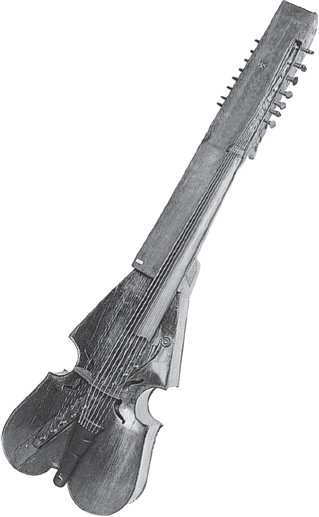Biography
Franz Joseph Haydn (1732–1809)

Unlike so many other composers, Haydn did not come from a family of professional musicians. But his father, an Austrian village wheelwright, was a keen amateur musician. As a boy Joseph had a beautiful voice, and at the age of eight he was sent to Vienna to be a choirboy in St. Stephen’s Cathedral. After his voice broke, he spent several difficult years as a freelance musician in Vienna before obtaining the position of Kapellmeister with Prince Paul Anton Esterházy, one of the most lavish patrons of music at the time.
After this, Haydn’s career reflects the changing social situation in the later eighteenth century, when the old system of court patronage coexisted with an early form of the modern concert system. Indeed, there is no finer tribute to the system of court patronage than Haydn’s thirty-
Haydn’s output is staggering. He composed 104 symphonies; 83 string quartets; numerous divertimentos, trios, and sonatas; and over 20 operas. He also had to write a great deal of music for baryton — a bizarre archaic instrument fancied by the next Esterházy prince, Nikolaus, which was something like a cello with extra strings that could be plucked, like guitar strings.
The Esterházys had a splendid estate some miles outside of Vienna, but Haydn’s duties there did not prevent him from spending a good deal of time in the capital. In the 1770s his string quartets made a particularly strong impression in the metropolis. In the 1780s he befriended Mozart, and the two actually played together in an amateur string quartet.
Meanwhile the spread of Haydn’s international fame accelerated with the growth of public concerts. At first his symphonies were picked up by French concert organizers (who paid Haydn nothing). Then in the 1780s his six Paris symphonies were commissioned for concerts in that city, and in the 1790s twelve London symphonies were written for two highly successful tours to Britain.
Toward the end of his life Haydn turned to choral music: six impressive Latin Masses for soloists, chorus, and orchestra, and two German oratorios inspired by Handel, The Creation and The Seasons, admired by his contemporaries as the apex of an exemplary career in music.
Haydn’s most famous composition is a simple Austrian patriotic song:

It appears with variations in his Emperor Quartet, Op. 76 No. 3 (1797). The tune was adopted for the German national anthem, “Deutschland über Alles,” and for the hymn “Glorious Things of Thee Are Spoken.”
One of the most attractive personalities in the gallery of the great composers, Haydn was shrewd but generous-
Haydn’s music combines good-
Chief Works: 104 symphonies; the last twelve, composed for London in 1791–
Encore: After movements from Symphonies No. 94, No. 99, and No. 101, listen to the whole of Symphony No. 102; Trumpet Concerto.
Top image credit: Royal Collection Trust/© HM Queen Elizabeth II, 2014/Bridgeman Images.